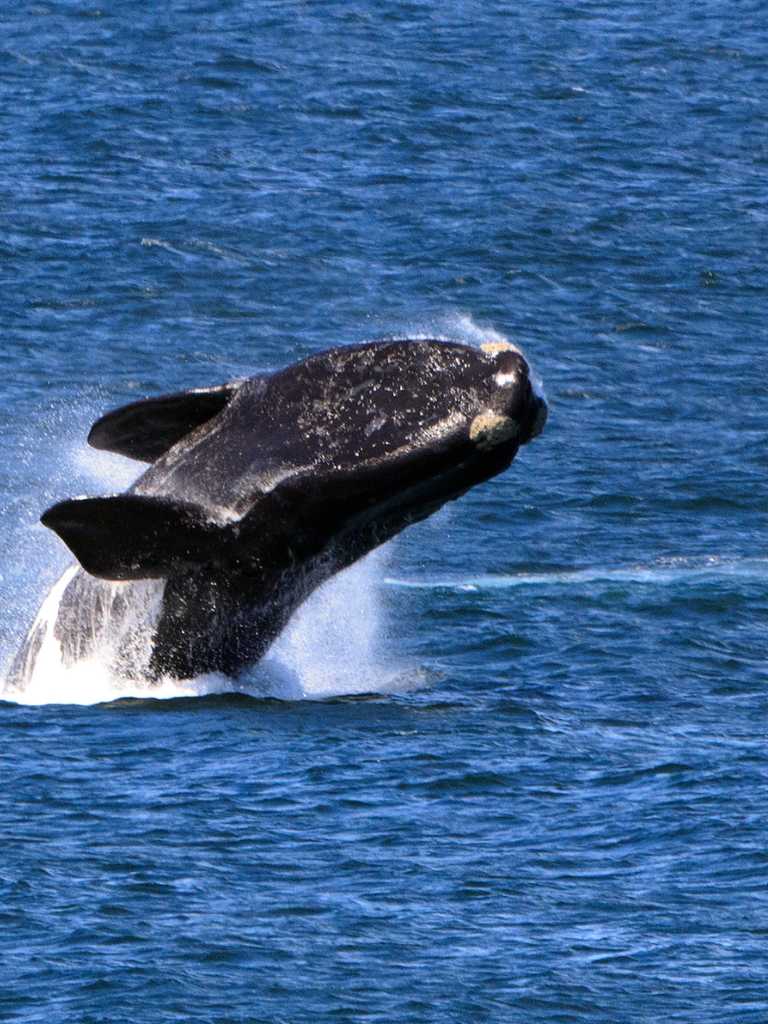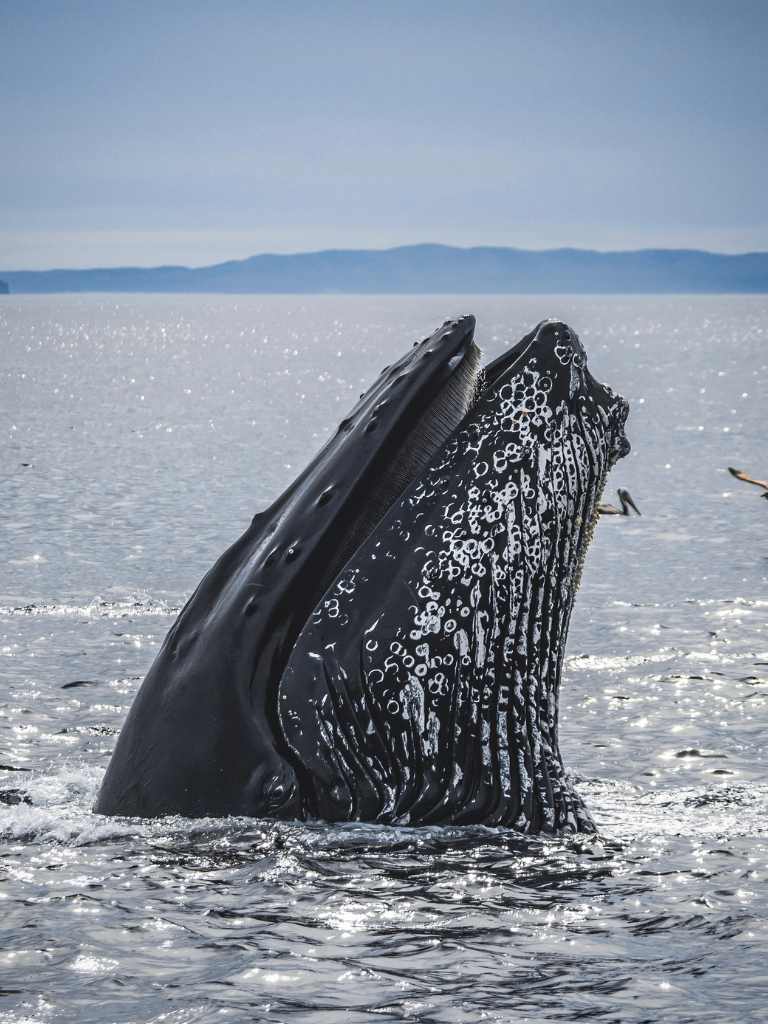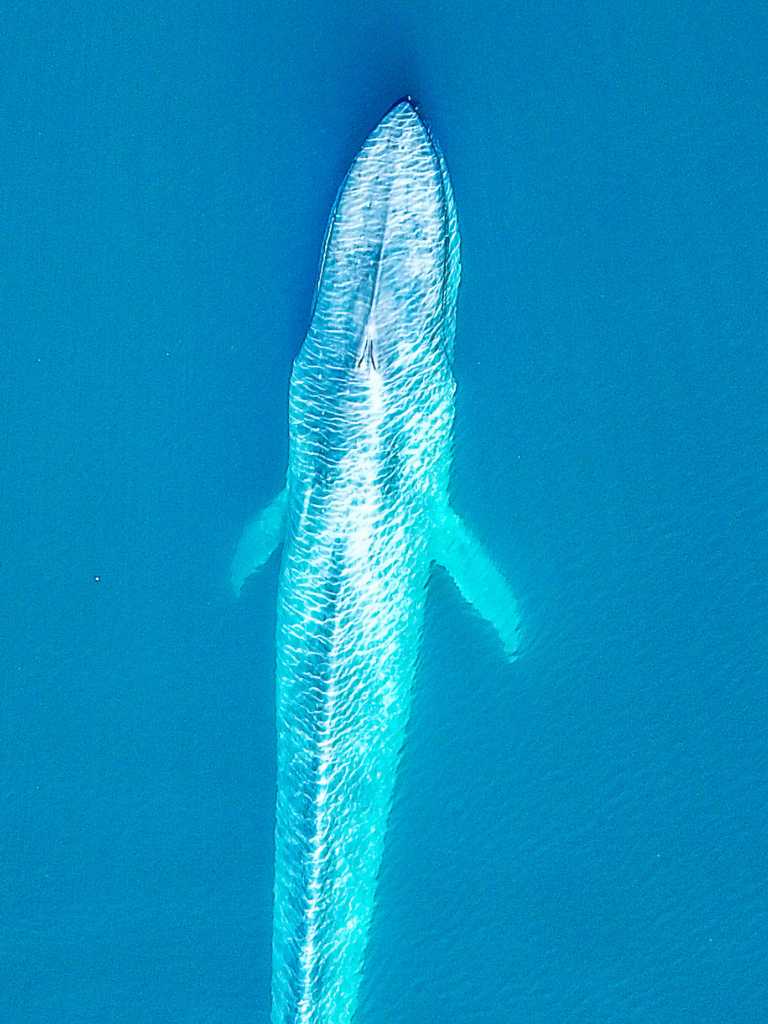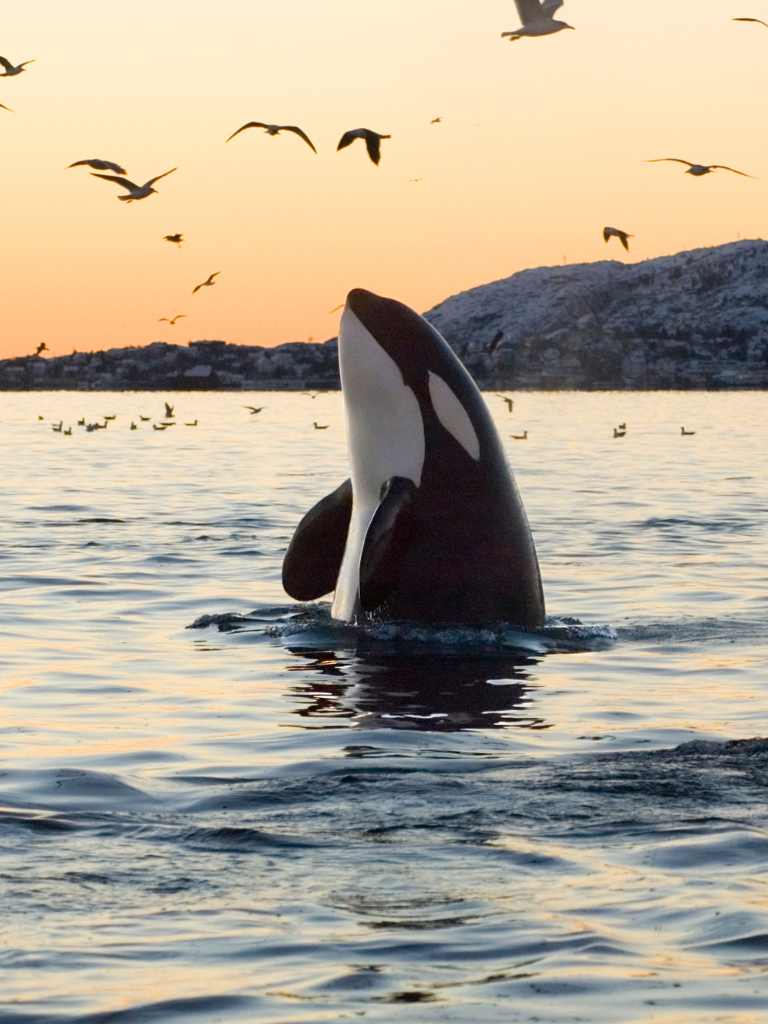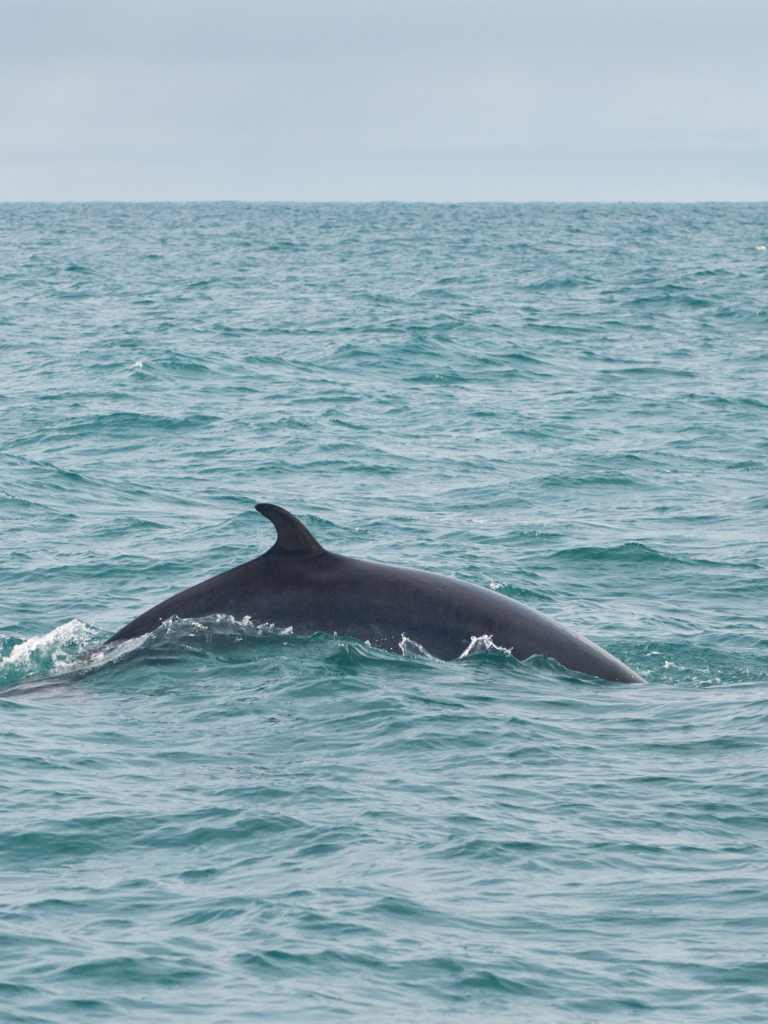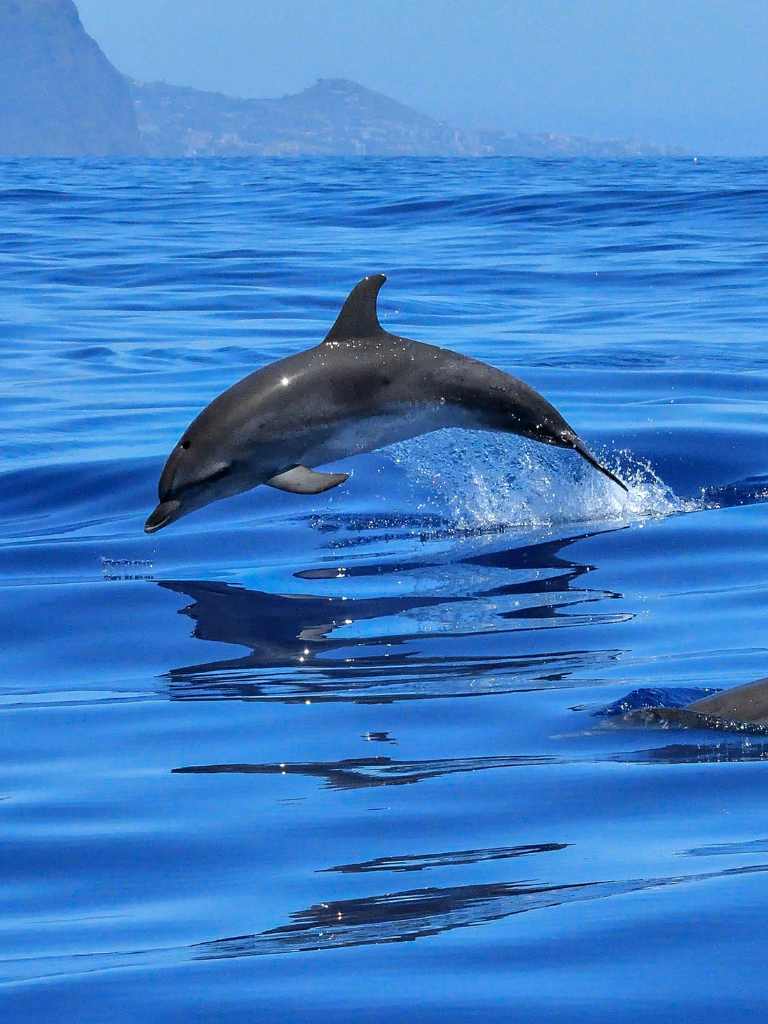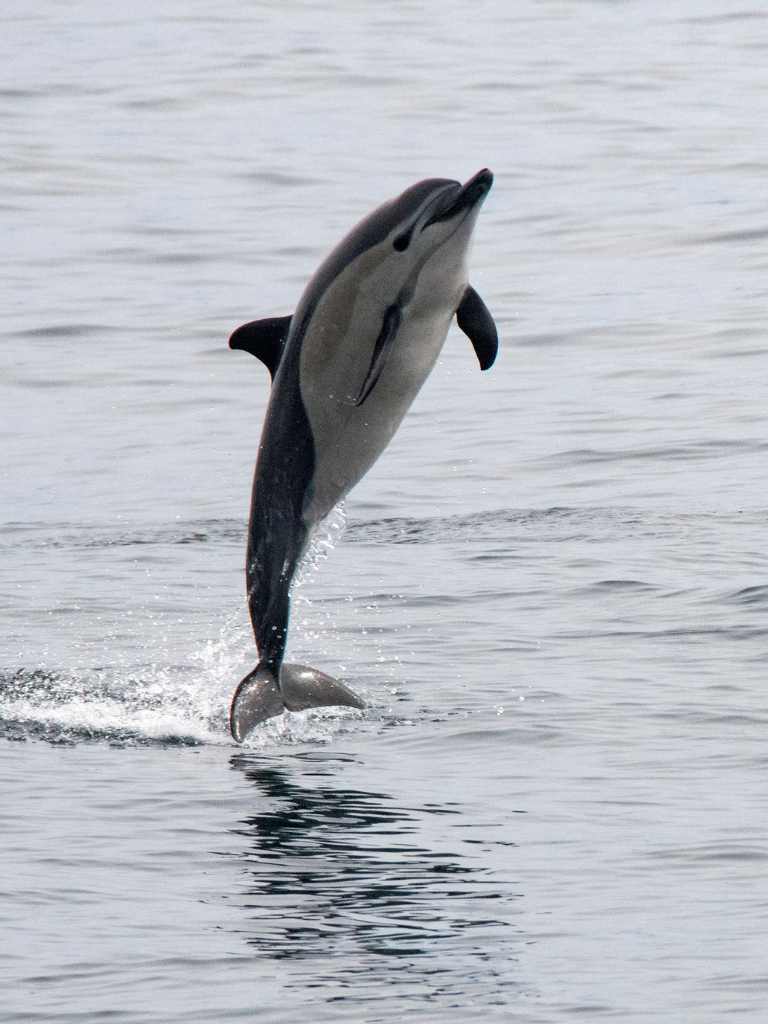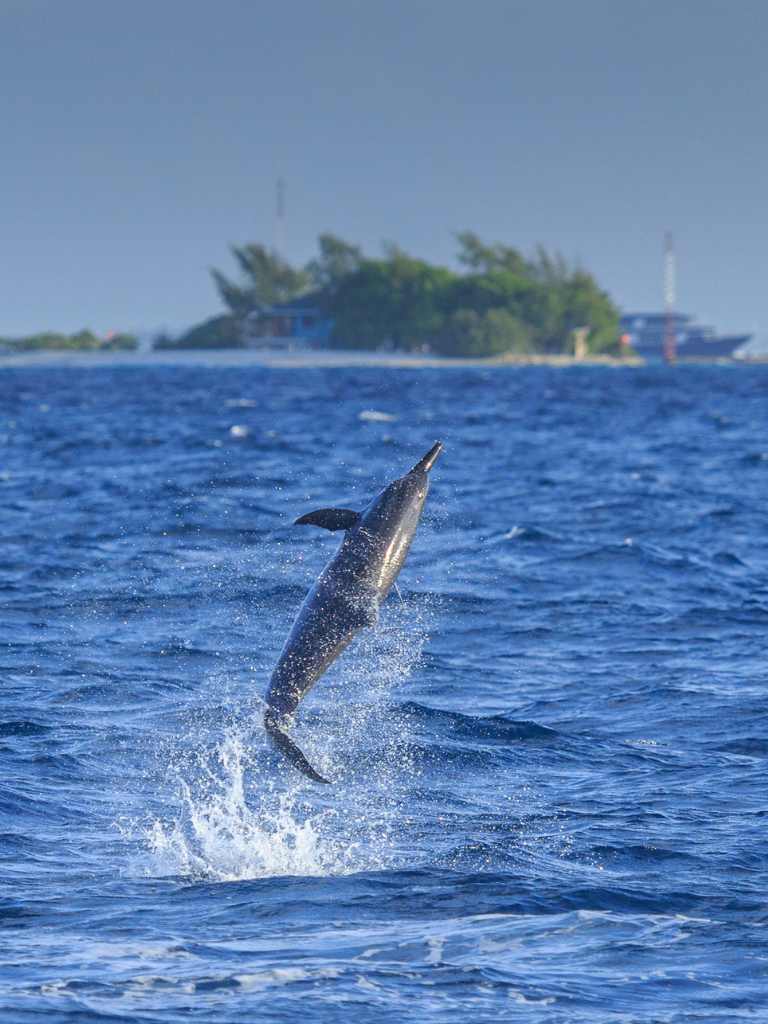Southern right whales are large baleen whales, identifiable by their broad backs without dorsal fins and callosities on their heads.
Where can I see Southern Right whales in Australia?
Southern right whales are commonly observed along Australia’s southern coastline. Notable aggregation sites include the Great Australian Bight and areas off the coasts of Victoria and Tasmania
When is the best time of year for spotting Southern Right whales?
They migrate from Antarctic feeding grounds to Australian coastal waters between May and October for calving and breeding. Peak sightings of this whale species typically occur from June to August.
Facts about southern right whales:
- Southern right whales are known for their curious behaviour, often approaching vessels.
- This whale species can reach lengths up to 17 meters and weigh as much as 100 tonnes.
- They were named “right whales” by whalers, who considered them the “right” whales to hunt due to their high blubber content and tendency to float when killed. Their populations have been recovering since the cessation of whaling, but they remain protected and ongoing conservation efforts are essential.

